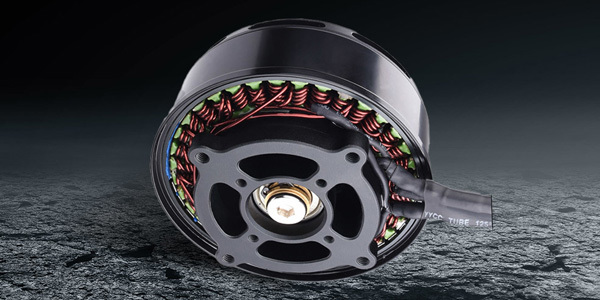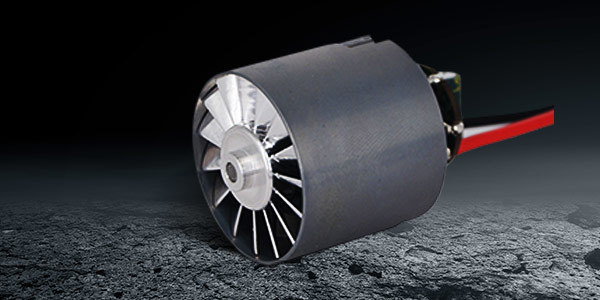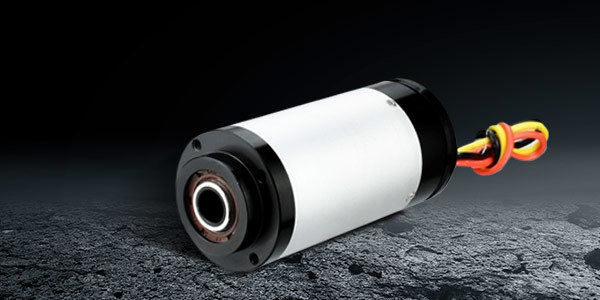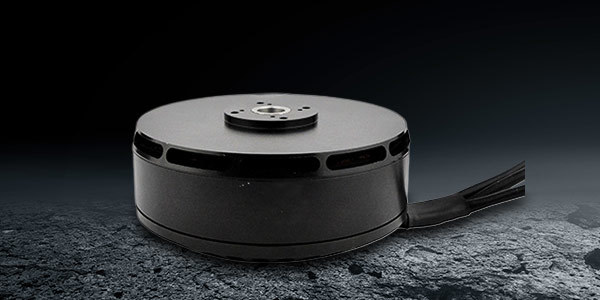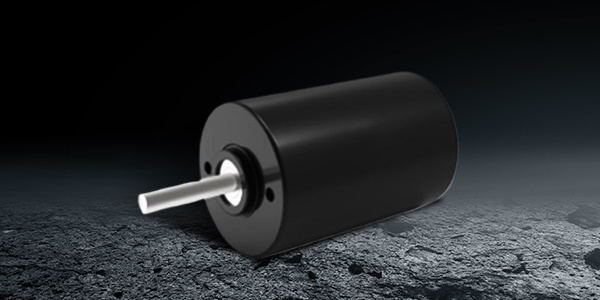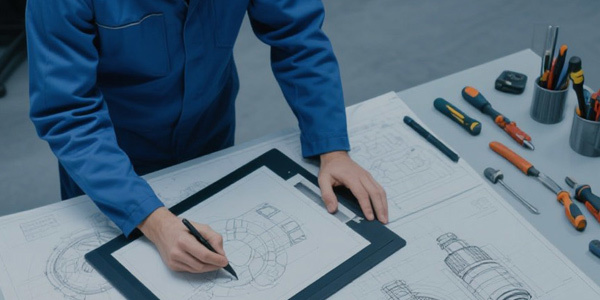Jul 02,2025
Revolutionizing Efficiency: The Role of Fan Brushless DC Motors in Modern Technology
Revolutionizing Efficiency: The Role of Fan Brushless DC Motors in Modern Technology Table of Contents 1. Introduction to Brushless DC Motors 2. Understanding Brushless DC Motors 2.1 How Brushless DC Motors Work 2.2 Components of Brushless DC Motors 3. The Role of Fans in Brushless DC Motors 4. Benefits of Using Brushless DC Motors 4.1 Energy Efficiency
Revolutionizing Efficiency: The Role of Fan Brushless DC Motors in Modern Technology
Table of Contents
- 1. Introduction to Brushless DC Motors
- 2. Understanding Brushless DC Motors
- 3. The Role of Fans in Brushless DC Motors
- 4. Benefits of Using Brushless DC Motors
- 5. Applications of Brushless DC Motors in Modern Technology
- 6. Future Trends in Brushless DC Motor Technology
- 7. Conclusion
- 8. Frequently Asked Questions (FAQs)
1. Introduction to Brushless DC Motors
Brushless DC (BLDC) motors have become a cornerstone of modern technology, providing robust performance across various applications. Unlike traditional brushed motors, BLDC motors eliminate the need for brushes, which significantly enhances their efficiency and lifespan. This article delves into the revolutionary impact of fan brushless DC motors on modern technology, examining their design, functionality, benefits, and applications.
2. Understanding Brushless DC Motors
Brushless DC motors operate on a simple yet effective principle. Instead of using brushes that create friction and wear, these motors employ electronic commutation, which enhances durability and efficiency.
2.1 How Brushless DC Motors Work
Brushless DC motors function through a system of magnets and coils. The motor’s rotor, equipped with permanent magnets, rotates within a stator, which comprises multiple coils. When electricity flows through the coils, it creates a magnetic field that interacts with the rotor's magnets, causing it to spin. This precise control allows for high efficiency and performance.
2.2 Components of Brushless DC Motors
Key components of brushless DC motors include:
- **Rotor**: The rotating part containing permanent magnets.
- **Stator**: The stationary part consisting of wire coils.
- **Controller**: An electronic device that manages the power supplied to the coils.
Each component plays a critical role in ensuring optimal performance and efficiency.
3. The Role of Fans in Brushless DC Motors
Fans are integral to many brushless DC motor applications, particularly in cooling systems and air circulation devices. The ability of BLDC motors to operate quietly and efficiently makes them ideal for fan applications in various settings, from residential to industrial environments.
4. Benefits of Using Brushless DC Motors
The adoption of brushless DC motors comes with numerous advantages that enhance their usability across different sectors.
4.1 Energy Efficiency
One of the standout features of brushless DC motors is their remarkable energy efficiency. They can operate at higher efficiency levels than traditional brushed motors, leading to lower energy consumption and reduced operational costs. This characteristic is especially important in an era where energy conservation is crucial.
4.2 Low Maintenance Needs
Brushless DC motors require minimal maintenance due to the absence of brushes, which often need replacement in brushed motors. Their durability and reliability mean less downtime and lower maintenance costs, making them a preferred choice for manufacturers and end-users alike.
5. Applications of Brushless DC Motors in Modern Technology
The versatility of brushless DC motors has led to their widespread application across various industries.
5.1 Aerospace and Automotive Industries
In the aerospace sector, brushless DC motors are used in actuator systems and various control applications due to their lightweight and high-reliability characteristics. Similarly, the automotive industry utilizes these motors in electric vehicles (EVs) for propulsion and auxiliary systems, enhancing performance and efficiency.
5.2 Consumer Electronics
Brushless DC motors play a pivotal role in consumer electronics, powering devices such as computers, printers, and home appliances. Their efficiency and low noise levels make them ideal for everyday use, contributing to the comfort and convenience of modern living.
5.3 Medical Equipment
Healthcare relies on brushless DC motors in various medical devices, including surgical robots and imaging equipment. The precision and reliability of these motors are crucial for ensuring patient safety and enhancing operational efficiency in medical facilities.
6. Future Trends in Brushless DC Motor Technology
The future of brushless DC motors looks promising as advancements continue to shape their development. Emerging trends include the integration of intelligent control systems, improved materials for enhanced performance, and the expansion of applications into renewable energy systems. As technology evolves, brushless DC motors are expected to lead the charge in efficiency and innovation.
7. Conclusion
Fan brushless DC motors are revolutionizing efficiency in modern technology, offering unmatched performance and versatility across various applications. Their energy-efficient design, low maintenance needs, and broad applicability make them indispensable in industries ranging from aerospace to consumer electronics. As we look to the future, the continued evolution of brushless DC motors will undoubtedly enhance technological advancements and drive innovations that will further optimize efficiency.
8. Frequently Asked Questions (FAQs)
1. What are the main advantages of brushless DC motors?
Brushless DC motors offer high energy efficiency, low maintenance, longer lifespan, and quieter operation compared to traditional brushed motors.
2. How do brushless DC motors compare to traditional motors in terms of efficiency?
Brushless DC motors typically operate at higher efficiency levels, resulting in lower energy consumption and operational costs.
3. In which industries are brushless DC motors commonly used?
Common applications include aerospace, automotive, consumer electronics, and medical equipment sectors.
4. What is the lifespan of a brushless DC motor?
Due to their design and low wear components, brushless DC motors can last significantly longer than traditional motors, often exceeding 10,000 operating hours.
5. How do I choose the right brushless DC motor for my application?
Selecting the right motor involves considering factors like torque requirements, speed, application type, and environmental conditions. Consulting with a motor specialist can provide valuable guidance.
By understanding the transformative impact of fan brushless DC motors, we can appreciate their crucial role in enhancing efficiency and performance across various technological landscapes.
Previous: Understanding Industrial Brushless DC Motors: Key Insights for Electrical Engineering
Next: Unlocking the Power of High Torque Brushless DC Motors in Generator Applications

